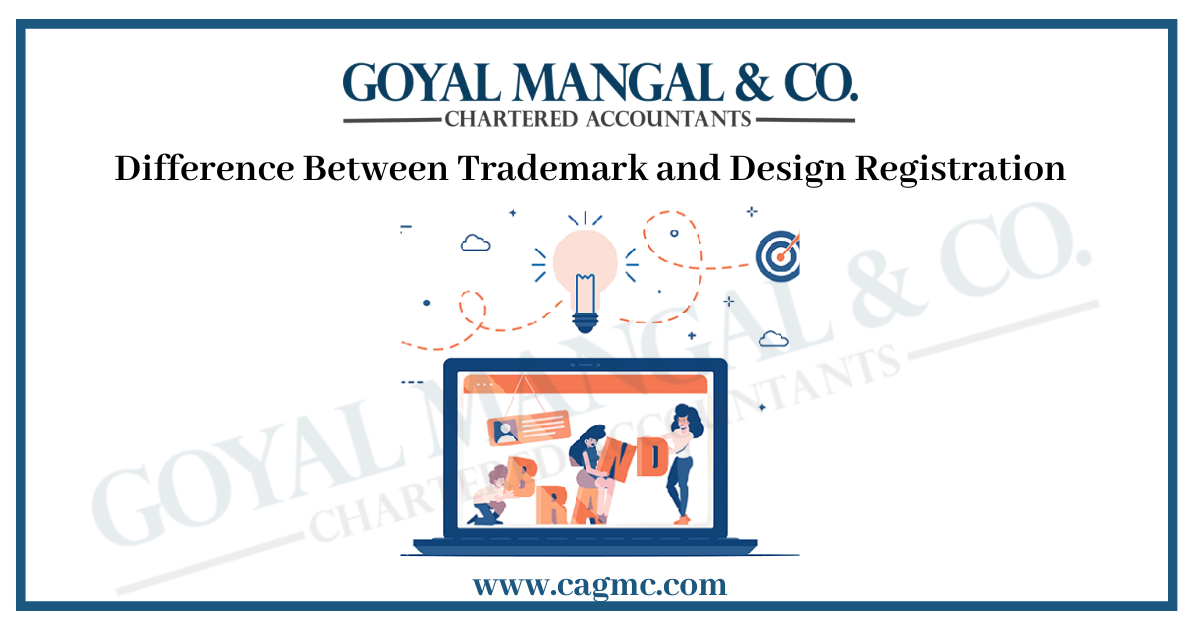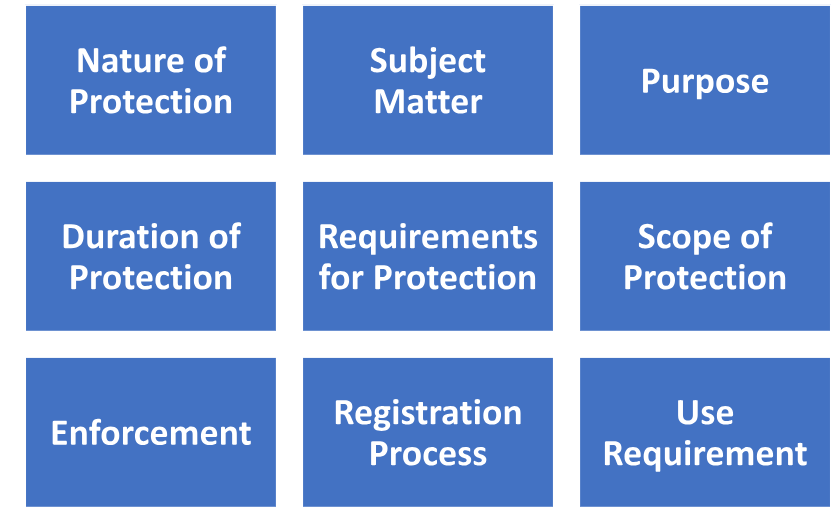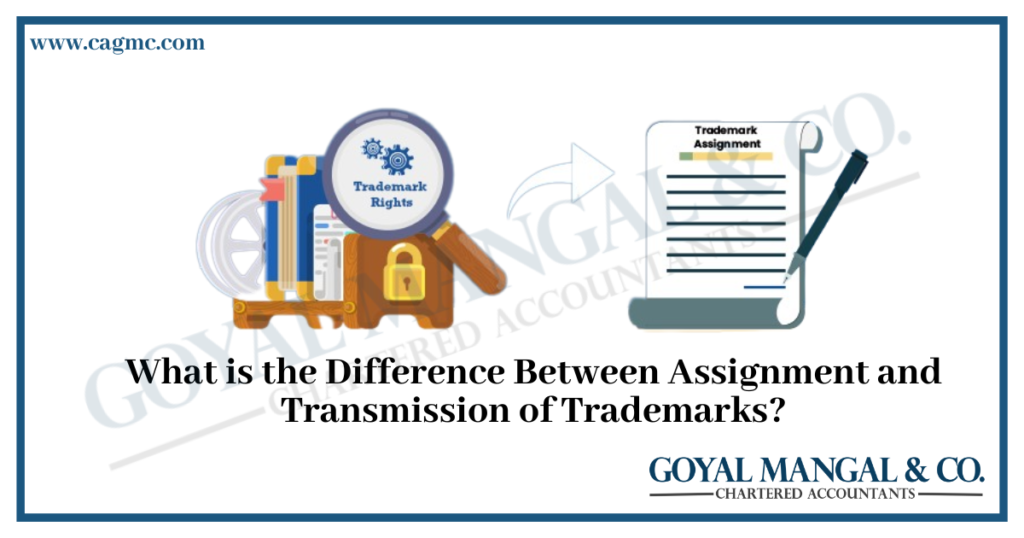
The intellectual property landscape encompasses various means of protecting creative works and commercial assets. Two fundamental forms of protection are trademarks and design registrations. While both offer crucial safeguards, they serve distinct purposes. Trademark primarily shield brand names, symbols, and slogans that distinguish goods or services in the market. Conversely, design registrations focus on safeguarding the visual appearance of a product, including its shape, configuration, or ornamentation. Understanding the key differences between trademark and design registration is essential for creators, businesses, and innovators seeking to secure their intellectual property rights effectively.
| Table of Content |
Overview of Trademark
Definition and Scope of Trademark
Trademarks are distinct symbols, words, phrases, or logos used to identify and differentiate goods or services from those of others. They establish brand recognition, trust, and consumer loyalty. Trademark protection extends to preventing unauthorized use of a similar mark that could lead to confusion among consumers. This safeguarding extends to the visual, phonetic, and conceptual aspects of the mark. Trademarks play a crucial role in ensuring a competitive advantage, enabling consumers to make informed choices, and maintaining the integrity of a brand’s identity in the market landscape.
Examples of Trademarkable Elements
- Word Marks: Distinctive words or combinations of words, like “Nike” or “Apple.”
- Logo Marks: Unique graphical representations, like the apple logo for Apple Inc.
- Slogans: Memorable taglines, such as “Just Do It” for Nike.
- Product Shapes: Recognizable product shapes, like the Coca-Cola bottle.
- Color Marks: Specific colors associated with a brand, like the Tiffany blue color.
- Sound Marks: Distinctive sounds, like the Intel jingle.
- Trade Dress: Unique packaging or presentation, like the shape of Toblerone chocolate bars.
Overview of Design Registration
A. Definition and Its Scope
Design registrations encompass the protection of the visual appearance of products, including their shapes, ornamentation, and overall aesthetics. This form of intellectual property safeguards the non-functional, distinctive aspects of a design. It prevents unauthorized replication or imitation, bolstering a product’s individual character. Design scope covers surface patterns, configurations, and visual elements that set a product apart in the market. Design registrations are pivotal for creators, providing legal recourse against copycats and ensuring the uniqueness and market identity of a product’s visual attributes.
B. Covered Elements: Shapes, Configurations, Ornaments
Design registrations cover an array of elements including shapes, configurations, and ornaments. These aspects pertain to the distinct visual attributes that contribute to a product’s overall appearance. Shapes refer to the physical form, configurations entail arrangements of components, and ornaments encompass decorative details. The protection of these elements safeguards against unauthorized imitation, preserving the product’s aesthetic uniqueness and identity in the market.
C. Preserving Unique Visual Product Appearance
Preserving the unique visual appearance of a product is essential for maintaining its distinctiveness in the market. This involves safeguarding elements such as shapes, configurations, and ornaments that contribute to the product’s overall look. Design registrations offer legal protection against unauthorized replication, imitation, or infringement by others. By securing these visual attributes, creators and businesses can ensure that their products stand out, maintain their individuality, and continue to captivate consumers. This protection supports innovation, brand identity, and consumer trust in a competitive marketplace.
Key Differences between Trademark and Design Registration
Trademark and design registration are two distinct forms of intellectual property protection that serve different purposes. Here are the key differences between trademarks and design registrations:

1.Nature of Protection:
- Trademark: A trademark is a distinctive sign, such as a word, phrase, symbol, or logo, that identifies and distinguishes the source of goods or services. It helps consumers recognize and associate products or services with a specific company or brand.
- Design Registration: Design registration protects the visual appearance or aesthetics of a product. It covers the shape, configuration, ornamentation, or a combination thereof that gives a product a unique and non-functional look.
2.Subject Matter:
- Trademark: Trademark protects brand names, logos, slogans, and other identifiers associated with goods or services.
- Design Registration: Design registration protects the visual design of a product, including its shape, surface decoration, and overall appearance.
3.Purpose:
- Trademark: Trademark primarily aim to prevent confusion among consumers regarding the origin of goods or services. They establish brand identity and goodwill.
- Design Registration: Design registrations aim to prevent unauthorized copying or imitation of the visual aspects of a product’s design.
4.Duration of Protection:
- Trademark: Trademarks can be renewed indefinitely as long as they are actively used and the renewal fees are paid.
Design Registration: The duration of design protection varies from country to country but is typically limited to a certain number of years (e.g., 10-25 years). Once the term expires, the design may enter the public domain.
5.Requirements for Protection:
- Trademark: To obtain trademark protection, the mark must be distinctive and not generic or merely descriptive. It should also not be confusingly similar to existing trademarks.
- Design Registration: The design must be novel and have an individual character. It should not be a common or known design in the relevant industry.
6.Scope of Protection:
- Trademark: Trademark protection extends to the use of the mark in commerce to identify the source of goods or services. It may prevent others from using a similar mark in a way that could cause confusion.
- Design Registration: Design protection covers the visual elements of a product’s design. It prevents others from creating products that have a substantially similar overall appearance.
7.Enforcement:
- Trademark: Trademark infringement cases focus on whether the use of a similar mark causes confusion among consumers regarding the source of goods or services.
- Design Registration: Design infringement cases center around whether the accused design is substantially similar to the registered design and whether it is likely to create confusion.
8.Registration Process:
- Trademark: The trademark registration process typically involves submitting an application to the relevant intellectual property office. Examination includes checking for conflicts with existing marks and assessing distinctiveness.
- Design Registration: The design registration process involves submitting representations or drawings of the design to the intellectual property office. Examination focuses on novelty and individual character.
9.Use Requirement:
- Trademark: Trademarks need to be used in commerce to maintain their protection. Non-use over an extended period can lead to the cancellation of the mark.
- Design Registration: In many jurisdictions, active use is not a requirement for design registration maintenance. The design itself is protected regardless of whether it’s being actively used.
Legal Processes and Compliance
A. Trademark
- Filing and Examination Steps
- Explain the process of filing a trademark application with relevant authorities.
- Mention the required information, including the trademark itself, its category, and the goods/services it will be associated with.
Discuss the examination phase where authorities review the application for compliance with trademark laws and potential conflicts.
2.Challenging Through Opposition
- Explain the concept of opposition, where third parties can challenge a trademark application.
- Discuss how opposition proceedings allow others to raise concerns about potential conflicts, such as similarities to existing trademarks.
Mention that successful opposition can result in the refusal or modification of the trademark application.
B. Design Registration
1.Application Submission and Review
- Explain the process of submitting a design registration application to relevant authorities.
- Highlight the need to provide detailed visual representations of the design.
- Mention that authorities review the application to ensure it meets the criteria of novelty, originality, and non-functional character.
2.Enforcing Rights Against Infringement
- Discuss how design registration provides the legal basis for enforcing rights against infringement.
- Explain that registered design holders have the right to take legal action against those who copy or imitate their registered design without permission.
- Mention that enforcing design rights can involve legal proceedings to stop infringement and seek damages.
Conclusion
The key differences between trademark and design registration are paramount in distinguishing these two vital forms of intellectual property protection. The contrast between trademarks and design registration lies at the core of safeguarding brand identity versus preserving the aesthetic uniqueness of products. While trademarks shield brand identifiers and prevent consumer confusion, design registrations focus on preserving the visual elements that set products apart. Recognizing the disparity between trademarks and design registration is essential for creators and businesses seeking to secure their intellectual property rights effectively. These distinctions underline the nuanced realm of intellectual property, highlighting the difference between trademarks and design in safeguarding innovation and market presence


